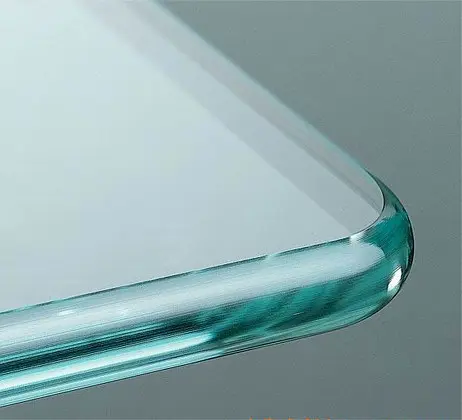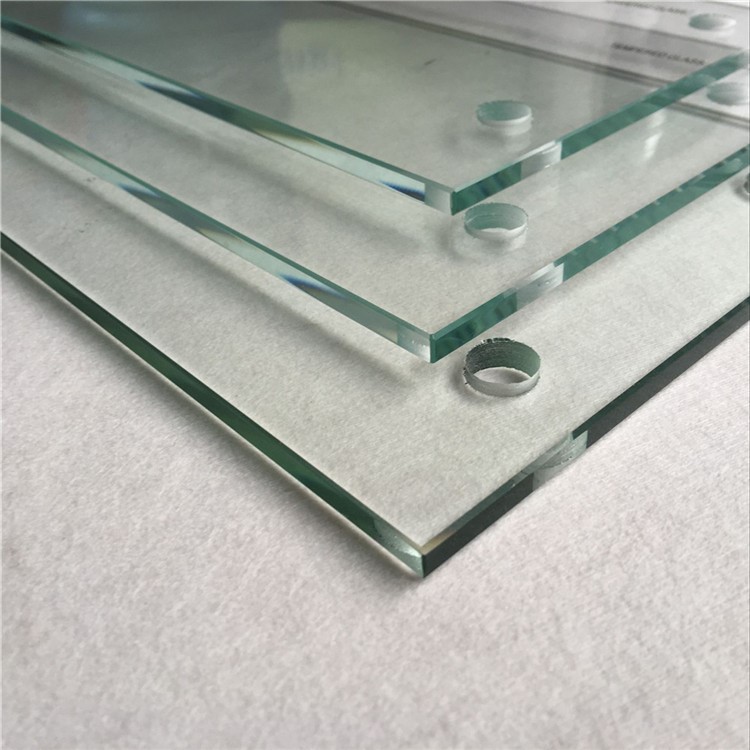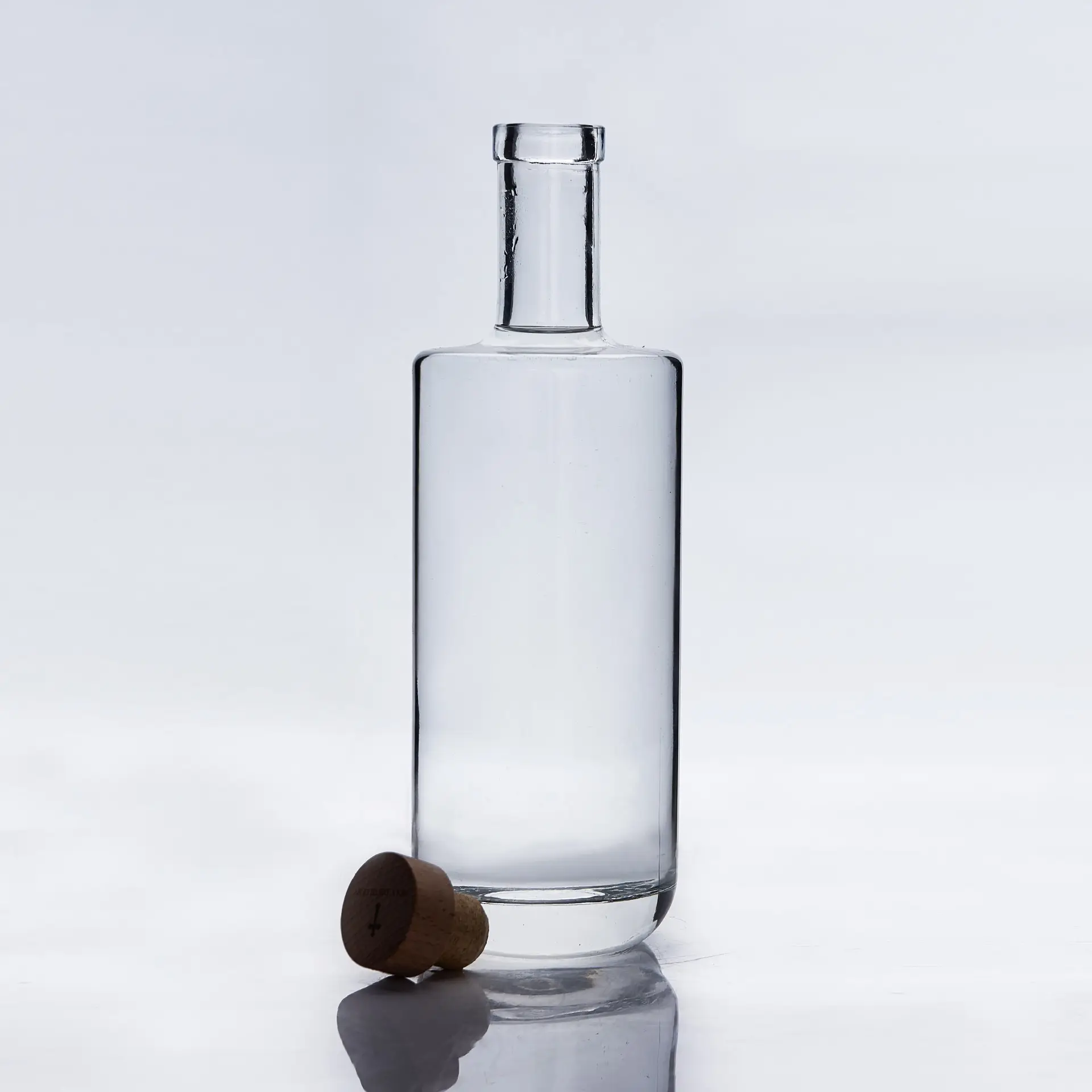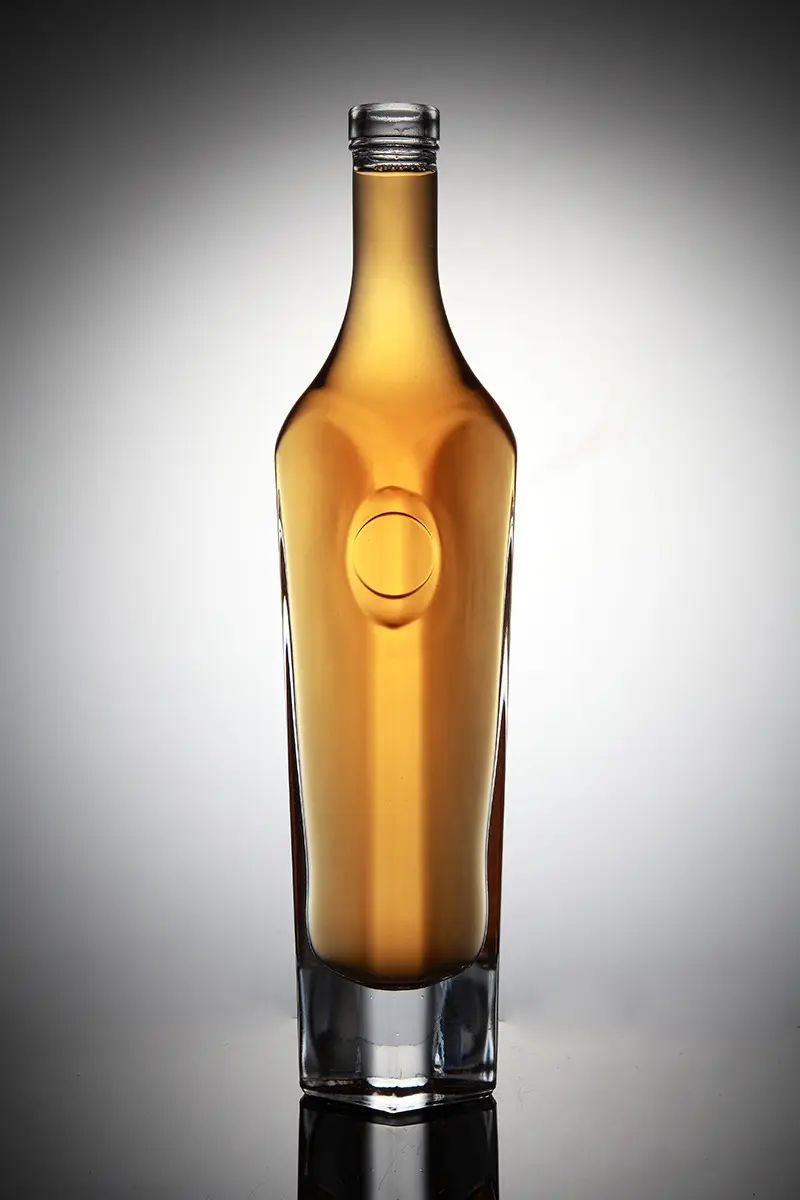The origin and development of glass
Glass is an amorphous solid material formed by melting various common substances such as quartz sand, limestone and alkalis at high temperatures. It dates back to the ancient Egyptian civilization around 3000 BC, when it was discovered that sand, when combined with high temperatures, formed a transparent yet hard material.
The technology of glassmaking has been continuously improved and innovated over time. In the 1st century AD, the Romans began to use additives such as tin and lead to make the glass more transparent and colored. The Byzantines in the 5th century AD invented the technology of applying a metal coating on the glass surface, forming bronze-colored glass.
However, the real breakthrough occurred in Italy in the 13th century. Venice at the time became the center of glass-making, and they developed glass-blowing techniques, making it possible to create larger and more complex glass objects. Many amazing glass products appeared in this period, such as mirrors and glass pianos.
Properties and Applications of Glass
As a special material, glass has many unique characteristics, making it widely used in various fields.
First, glass has excellent transparency. Glass transmits light better than other materials, making it ideal for products such as windows, eyeglasses and camera lenses. Furthermore, clear glass is also widely used in architectural design, giving mansions and skyscrapers a spectacular appearance.
Second, glass has good chemical stability. Glass containers are often used to store chemicals and food due to their smooth surface and less reaction with other substances. This is because glass does not emit harmful substances and does not affect the taste or quality of stored substances.
In addition, glass also has good heat resistance. High temperature glass is a special type of glass that can operate stably in high temperature environments. This glass is often used in areas such as laboratory instruments, furnaces and solar collectors.
In addition, glass also has excellent electrical insulation performance, wear resistance and plasticity and other characteristics. This makes glass an indispensable material in electronics, vehicle manufacturing, home decoration and more.
Behind the top magic
Over the past few decades, technological developments have brought new breakthroughs and applications for glass. Here are some of the top amazing glassware and the technology behind them:
- Smart glass: Smart glass, also known as color-changing glass, can change its transparency according to environmental conditions. This technology uses electrical current or temperature changes to control the coating in the glass, so that it automatically adjusts the degree of light penetration. Smart glass is widely used in fields such as buildings, cars and spacecraft, providing better privacy and energy saving effects.
- Nano-coated glass: The advancement of nanotechnology has brought about the advent of nano-coated glass. This coating repels water, dirt and bacteria and cleans itself. Nano-coated glass is often used in building exterior walls, car windshields, etc. It not only improves the appearance of buildings and cars, but also reduces maintenance costs and environmental pollution.
- Bullet-resistant glass: Bullet-resistant glass is a special product in which multiple layers of polymer or plastic film are added to the glass. It has excellent impact resistance and bulletproof performance, and is widely used in military, security and construction fields. Behind the bullet-resistant glass is advanced material engineering and composite technology.
The Future of Glass
With the continuous progress of science and technology, the application prospect of glass will be broader. Here are some of the future directions for glass technology: - Flexible glass: Flexible glass refers to glass materials that can be bent and folded. Currently, scientists are researching and developing flexible glass to meet the needs of products such as bendable displays and foldable mobile phones.
- Augmented Reality Glass: Augmented Reality Glass is a special glass capable of projecting virtual images into the real world. This technology can be applied to fields such as games, education, and medical care to provide users with an immersive experience.
- Solar glass: Solar glass is a glass product that can convert solar energy into electrical energy. It can be applied in fields such as building facades, automobiles and mobile devices, contributing to the sustainable development of energy.
The history of glass materials is a journey full of innovations and breakthroughs. From the simple glass products of ancient Egypt to the advanced glass products of modern technology, the application fields of glass are constantly expanding, bringing convenience and beauty to our life.














